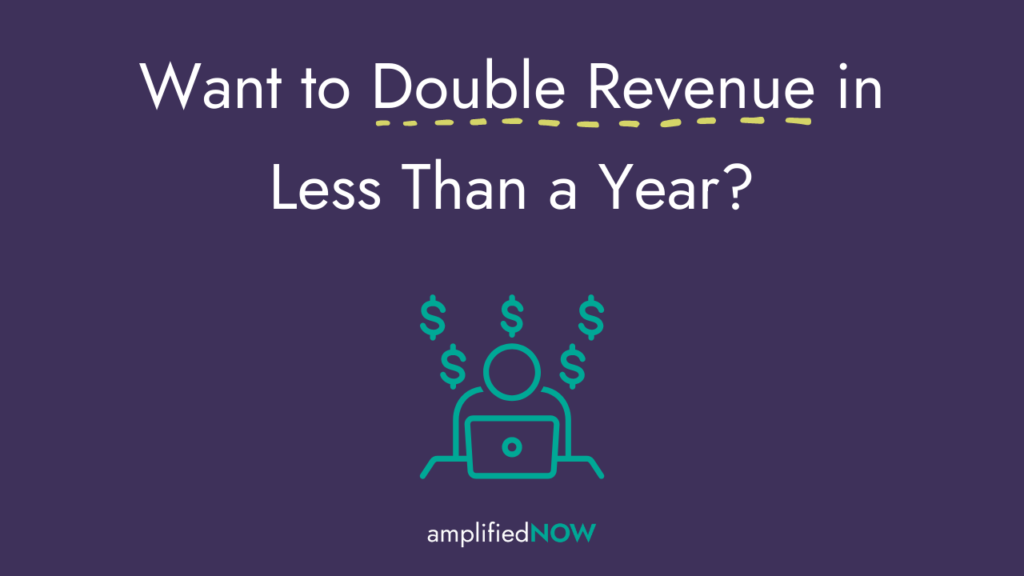Selling Digital Products Internationally: Your Guide to Going Global
Looking to spice up your e-commerce game, huh? You’ve landed in the right spot, buddy!
Get to Know The Scoop
Around the globe, more and more folks are diving into this fascinating world of digital products.
From e-books, software, digital art to online courses—they’re all the rage, and the market’s just titanic!
Setting Up Shop
To get off to a solid start, you’ve gotta set up a slick-looking online shop.
Platforms like Shopify and BigCommerce can let you get crackin’ with minimal fuss and maximized awesome.
Product Pricing: Crunch Those Numbers, Champ!
Pricing can be a real bear, especially when you’re dealing with different currencies and exchange rates.
Check out Prices in Motion or OANDA to help you with that.
Taxes: Don’t Mess With the Taxman
Selling digital products internationally means crossing paths with Sir Tax-a-lot.
Ensure you’re up to speed on the tax requirements for each country you’re selling to—Avalara‘s a lifesaver for that!
Research Your Market: Know Your Peeps
Know your potential buyers like the back of your hand, and you’ll be golden.
Invest time and resources into market research—SurveyMonkey and Qualtrics can be your trusty sidekicks for this.
Localization: It’s Not Just About the Benjamins…
Tossing your product into the international market involves more than just translating languages and setting prices.
You’ve got to understand ’em—culturally, to be exact. Use tools like GlobalizeIt or Smartling to make your product feel more “local.”
Well, You’re Off!
You’re off to the races, ready to sell your products to a whole new world of customers!
Remember, keep it cool, stay informed, and you’ll be ballin’ in no time!
Payment Processing: Make it Effortless
Remember, you’re dealing with a global audience which means a variety of currencies and payment methods.
Using services like PayPal or Stripe can aid in processing payments smoothly and securely.
Marketing: Let The World Know
It’s not enough to just have a stunning product — you’ve got to get the word out.
Using online marketing tools such as MailChimp for email marketing, HubSpot for inbound marketing, or Buffer for social media scheduling can boost your visibility globally.
Customer Support: Treat ’em Like Gold
Quality customer support can transform a one-time buyer into a loyal, repeat customer.
Tools like Zendesk and Freshdesk can help you manage and respond to customer queries effectively.
Security Checks: Keep Your Shop Safe
Finally, remember to protect both yourself and your customers. Make sure your website is secure and you’re taking necessary measures against fraud.
Services like Sucuri and Cloudflare can offer outstanding security for your e-commerce site.
So go ahead, world domination awaits!
Shipping Options: Get it There In Time
Reliable delivery is crucial for customer satisfaction. Use courier services like DHL, UPS, or FedEx to ensure your products reach customers swiftly and securely. Also, consider offering tracking capabilities so customers can follow their packages’ progress.
Website Design: Make it Inviting
A visually appealing and user-friendly site is key to attract and retain customers. Use web design platforms like Shopify, Squarespace, or Wix to build your website. Don’t forget to make it mobile-friendly for on-the-go customers.
SEO: Get Found
Increase your visibility in search engine results with Search Engine Optimization (SEO). SEO tools such as Ahrefs, SEMrush, or Moz can help you to optimise your website so your potential customers can easily find you.
So what are you waiting for? Gear up and get your e-commerce business up and running!
Customer Support: Be There For Your Customers
Excellent customer support is the backbone of any successful e-commerce business. Be ready to answer questions, solve problems, and provide information that your customers may need. Helpdesk software like Zendesk, Freshdesk, or Live Chat can take your customer service to the next level.
Social Media Marketing: Engage Your Audience
With billions of users worldwide, social media is a valuable tool for promoting your business and engaging with your customers. Use social media management apps like Buffer, Hootsuite or Later to streamline your social media marketing efforts.
Email Marketing: Stay in Touch
Talk to your customers directly and keep them updated with the latest news, products, and offers via email. Email marketing tools such as Mailchimp, Campaign Monitor, or Constant Contact can help you create and send professional emails to your customer base.
Remember, building an e-commerce business is not an overnight job, but with the right tools and a strategic approach, you can make it a great success. Happy selling!


